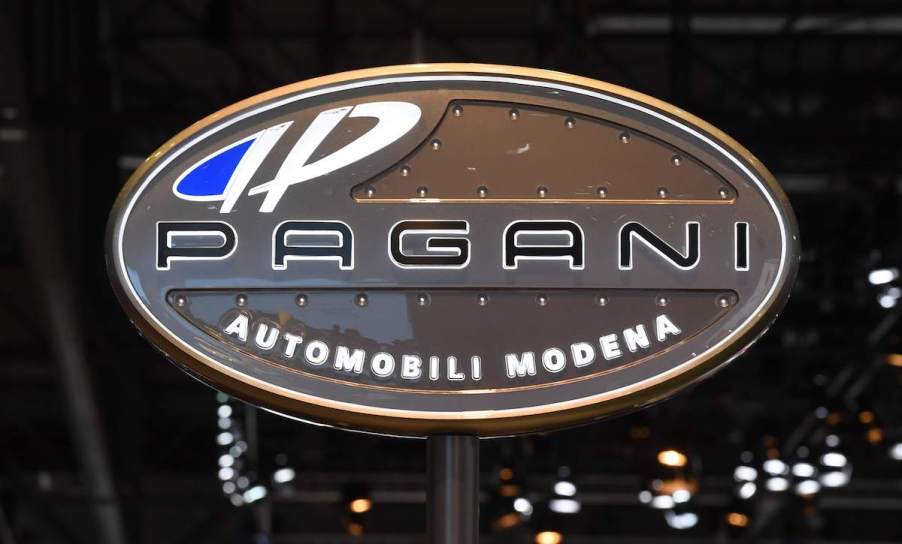
Why Isn’t the Pagani Utopia a Hybrid or Electric Supercar?
Pagani Automobili’s story is fascinating. Among other renowned supercar manufacturers, such as Ferrari, Lamborghini, and Audi, Pagani stands out as the only independently-owned company in the industry. With the marque’s control still vested in the original owner, it’s not surprising that the company has defied some industry trends, including electrification.
While most upcoming models from top brands like Ferrari, Tesla, Rimac, and Lotus have been hybrid or electric hypercars and supercars, the 2023 Utopia won’t. In an era when battery technology has significantly advanced, why won’t Pagani consider going electric?
What do we know about the 2023 Pagani Utopia?

As highlighted on Hot Cars, the Pagani Automobile Company has grown relatively fast, considering it was only established in 1992 by Horacio Pagani, an Argentine-Italian automotive engineer who previously worked at Renault, Ferrari, and Lamborghini. Even so, the company has managed to roll out over 400 supercar models since its founding, including over 17 versions and variations, all reviewed on Top Gear. So, what will Pagani’s third chapter, the Utopia (codenamed C10), bring?
First, the Utopia packs a 6.0-liter twin-turbo V12 engine that cranks out 864 hp and an impressive 1,100 NM of torque. It also comes with active aerodynamics combined with electronically-powered shock absorbers to enhance handling and stability while maximizing the car’s dynamic behavior on and off-road. Pagani used a carbon monocoque for strength and stiffness and adorned it with a comprehensive suite of composite materials, including Carbo-Titanium, Carbo-Triax, and A-class carbon fiber.
Most exterior elements are reminiscent of car designs from the 50s, such as the streamlined headlights and other fittings borrowed from speedboats. The Pagani Utopia also boasts 21-inch front and 22-inch rear forged wheels, each with a turbine-shaped extractor that draws hot air from the brakes while streamlining airflow underneath the car. Pagani fitted Pirelli tires on the wheels for maximum wheel-tire performance to transfer the prodigious torque to the ground efficiently.
The Utopia is a gem from Pagani, considering its rarity—only 99 units of this limited-edition hypercar will be produced and be the most recent proof of Pagani’s mechanical mastery. Car and Driver indicated that the supercar is expected to make its market debut with an MSRP of $2.19 million.
Why did Pagani avoid electrification with the 2023 Utopia?
After creating exceptionally fast and beautiful hypercars, Horacio Pagani had his own ideas for the C10 project. Still, he went to his closest clients, Pagani aficionados, to tell him what they were missing and would want to have in the Utopia. Three words stuck out: lightness, simplicity, and the pleasure of driving.
Therefore, the C10 project defied the electrification trend. No heavy batteries, dual-clutch transmission, or hybrid power; instead, the automaker went for a beautiful petrol-powered V12, mated with a pure 7-speed manual or auto transmission – all that to appease customers who want a car that responds to their every action and works with them to provide a ‘classic’ driving experience, technologically enhanced in many ways.
Horacio’s previous plan was to power the Utopia using a 1,000-hp hybrid V8 instead of the V12. However, that would mean integrating an AWD since the system connects the electric motors to the front wheels. After running several lap test simulations, Pagani discovered that: although the hybrid V8 was more powerful, the car was slower because of weight, which goes against Pagani’s mantra of producing featherweight cars.
However, in an interview with Top Gear, Pagani explained, “Although we’ll continue investing in technologies for electrification, our company’s primary goal is to produce cars that are more fun and enjoyable to drive while remaining true to the raw insanity that Lamborghini and Ferrari used to have before falling trap to the corporate bigwigs.
Pagani Utopia’s electric and hybrid equivalents and their performance
Most top supercar producers have electric and hybrid cars with more power. For instance, the Ferrari SF90 Stradale, Lamborghini Countach, and McLaren Artura are all hybrid supercars. The Ferrari SF90 comes with a 4.0-liter Biturbo V8 and a hybrid powertrain, delivering 986 hp, while the Lambo Countach’s 6.5-liter V12 produces 172 less hp with 814 bp.
Although featherweight and features a 3.0-liter twin-turbo V6 (mated with an 8-speed transmission), the McLaren Artura is the slowest among the three hybrids, cranking 671 hp that accelerates the car from 0 to 60 mph in 3.0 seconds. Still, Pagani’s focus on producing fast and lightweight cars with combustible V12 engines place it at par with its competitors; even Lewis Hamilton was caught cheating on his EVs with a Pagani Zonda 760 LH.
On the EV end, we have Lotus Evija, Tesla Roadster, and Rimac Nevera. The Evija is perhaps the most exciting EV, borrowing a leaf from Rivian R1T’s engineering playbook. With its electric motors, the Evija produces a monstrous 2,000 hp and accelerates from 0 to 186 mph in 9.1 seconds. Although the Tesla Roadster may not achieve the shock of numbers by Rimac Nevera, which has set a top speed of 258 mph, the Roadster still impresses, especially its 8.8-second quarter mile time with a top steep of 250 mph.


